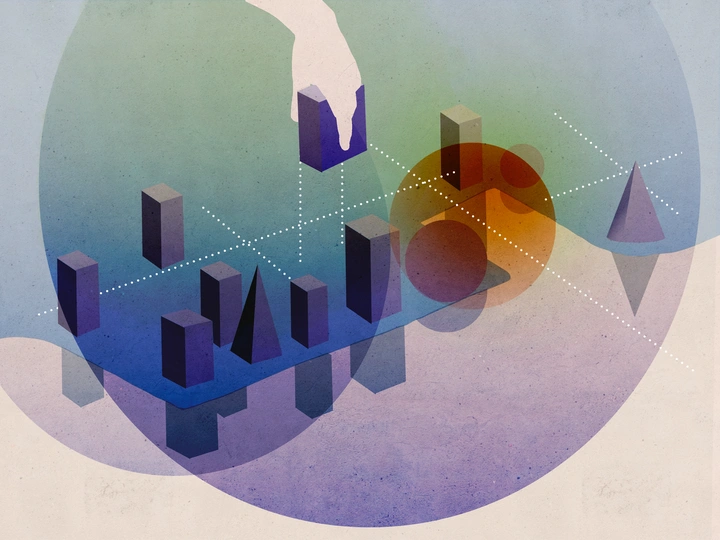Objects Out of Place

I am an Architect and Designer from Portugal, holding a Master’s degree in Architecture from the University of Lisbon. My thesis work focused on transforming abandoned industrial heritage into temporary housing, aiming for social reintegration and accommodating transient conditions. Since then, I’ve collaborated with both architectural and design practices in Portugal and France, with a focus on spatial design for artistic and cultural spaces and building rehabilitation.
Beyond physical spaces, I’ve always been fascinated by visual and written communication and philosophy. I'm interested in their intersection with spatial practices and how they shape the latter. During my studies, I had the opportunity to explore this further while working as a research assistant. Currently, I’m working as a Spatial Experience Designer, crafting immersive experiences for cultural, educational, and urban spaces and finding creative ways to communicate through space, enhancing the way people interact with their environment.
A building is an architectural object that only takes form in context. The interpretation of its history, significance, and practicality is subject to conditions (climate, geography) and relations (inhabitants, use). What if we, all of a sudden, place this object in a different context? Will it be the same? What role will it play in the cityscape? Drinking inspiration from archaeology methods, where understanding the context is essential to interpret a discovery and recreate the past, this project wishes to apply the same process for the future: reinterpret the relations established among architectural objects to create imaginary maps and alternative urban scenarios, allowing new narratives that challenge our perception of urban space and promote new visions for its future.
The best tool for this endeavor is imagination - at data-driven times, creative storytelling can still help planners foresee changes and unlock new, innovative ideas that tackle the most urgent issues.
The output will be a framework and an editorial project, deriving from research and collective workshops.
The first step in the framework will be to define a project area and map its abandoned places, delving into their past lives through research on their historical, geographical, and human contexts.
A few given questions will facilitate comparison with today's context.
The following step is to introduce variables - in group workshops with participants from different backgrounds, keywords will be defined, as a motto to deconstruct and shuffle established relations, so that we can look over different lenses and imagine other narratives.
The exercise will culminate in a compilation of all stories. All scenarios will be developed, with mind maps, illustrations, and text, as a guideline for possible, or even impossible, cities - all those looking to reinvent themselves.